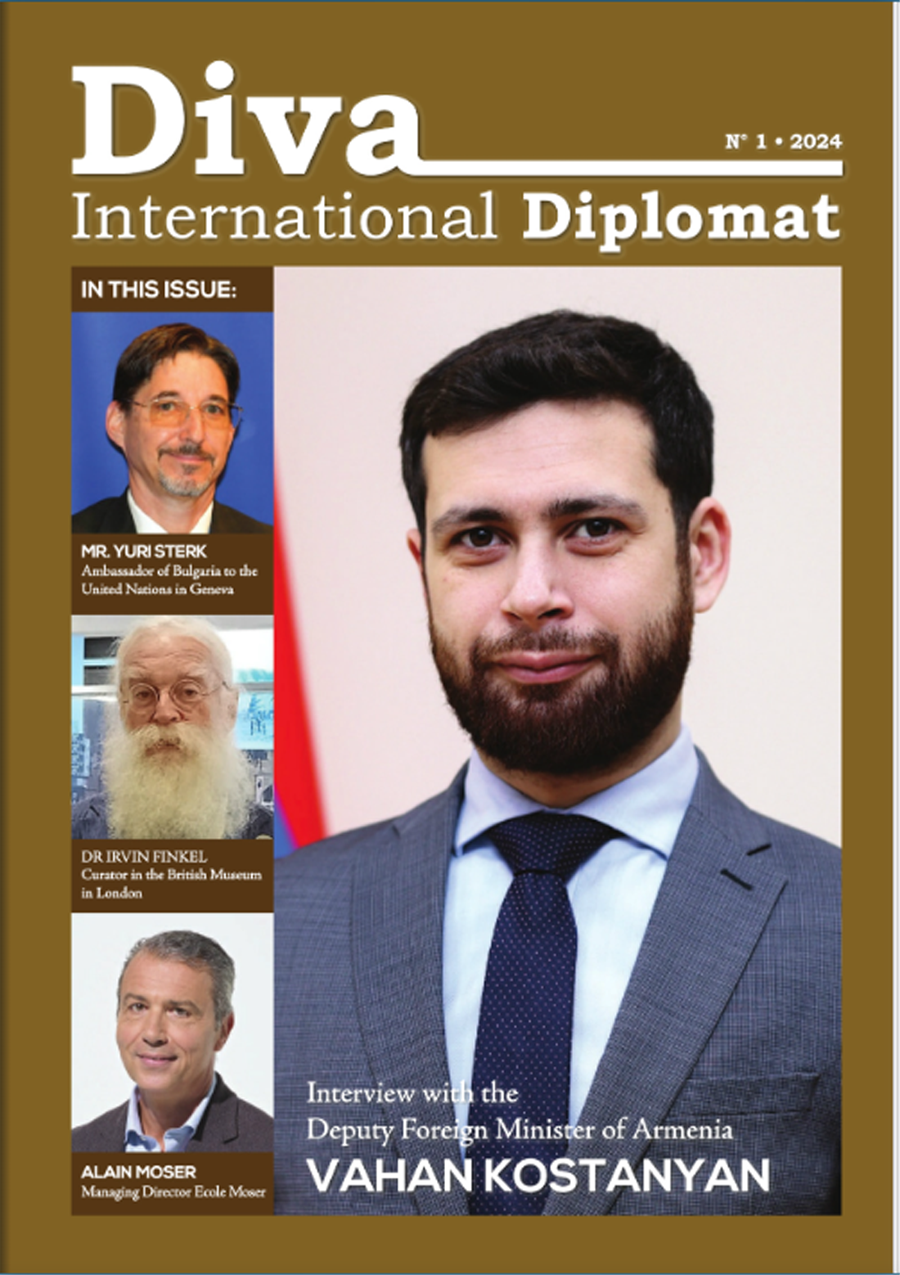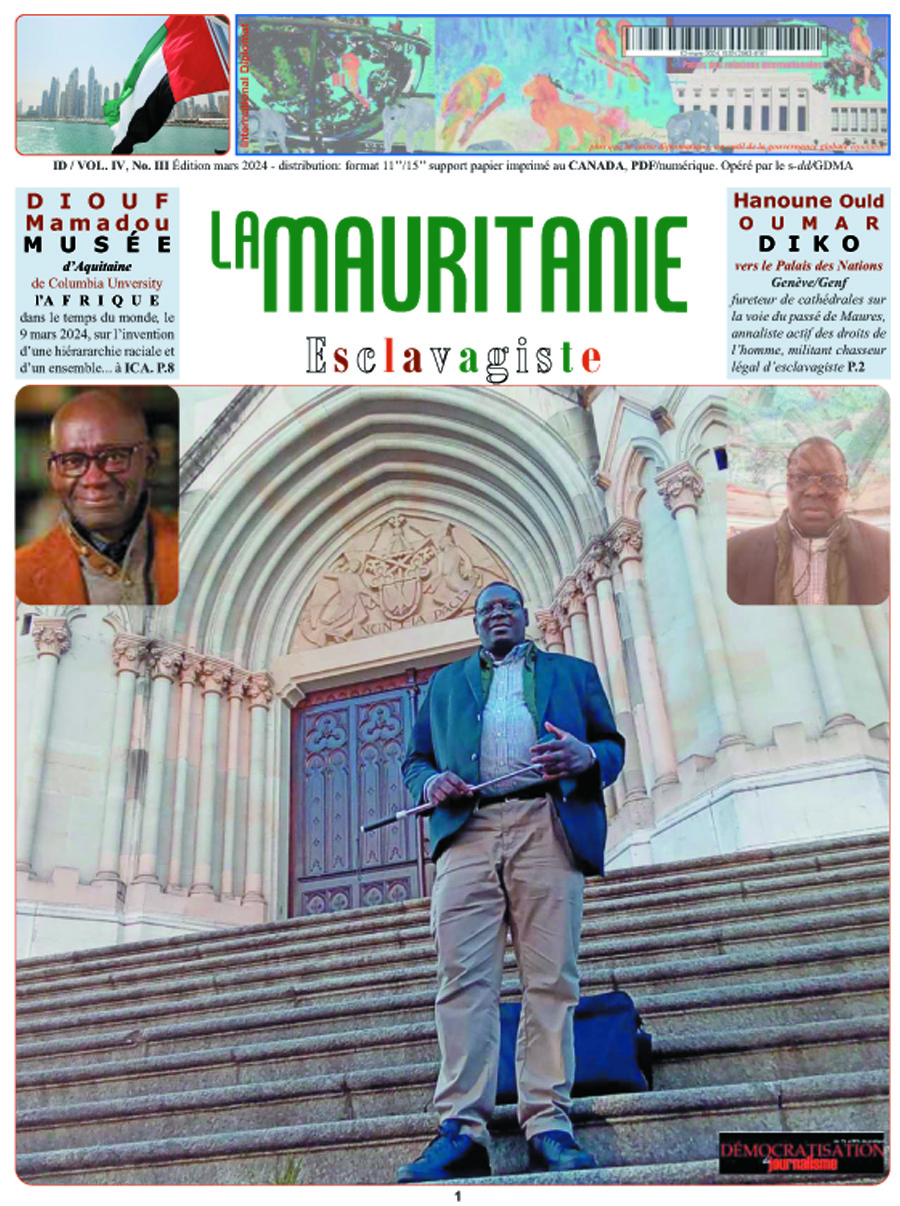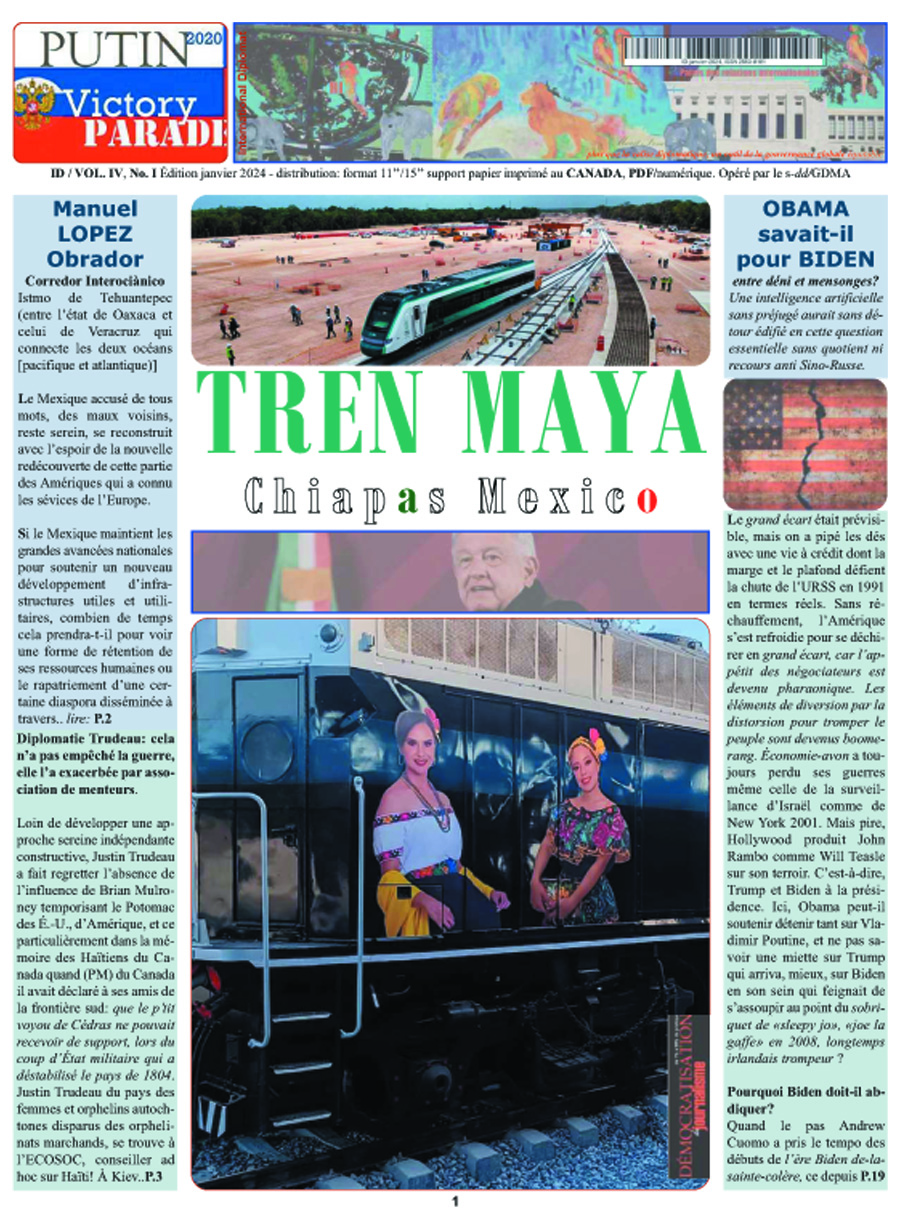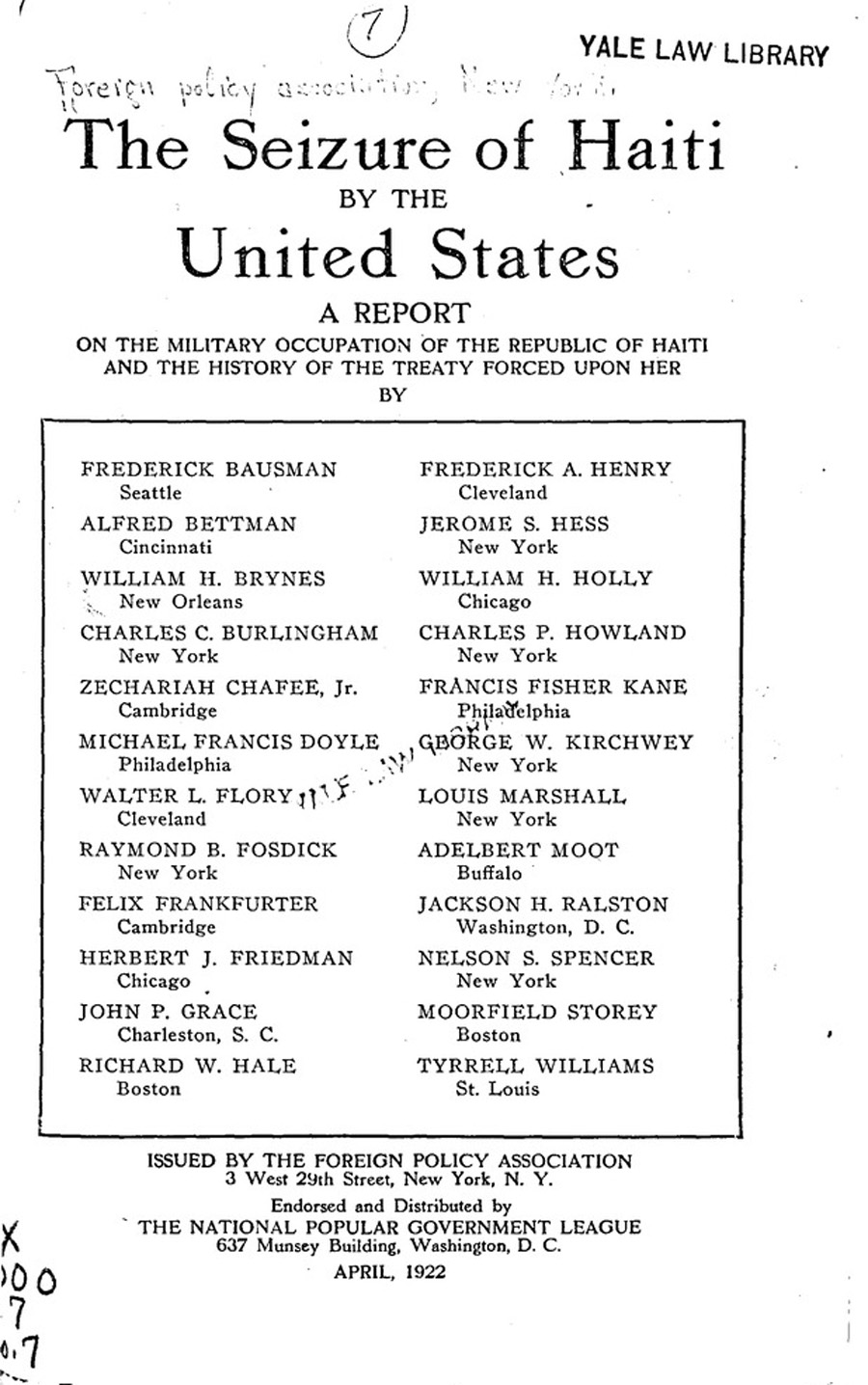Cornwall is a peninsula in the far south western corner of the British Isles surrounded on three sides by the Atlantic Ocean. It covers no more than 1,365 square miles (3,535 sq km) and at no time during the nineteenth century boasted a population greater than 375,000. Yet, for a region with such a small population, the Cornish exerted a disproportionate influence upon the global metalliferous mining industry and related technologies that in earlier centuries was to bind Cornwall and Mexico closely together.
In 2006 Cornwall and West Devon Mining Landscape World Heritage Site, popularly known as Cornish Mining, gained international recognition from UNESCO for specific mine sites, landscapes, towns and villages within Cornwall and west Devon, which are of global significance. As a world heritage site, Cornwall and west Devon’s historic mining landscapes are on par with such international treasures as Stonehenge, Taj Mahal and Great Wall of China.
The Cornish Mining World Heritage Site comprises ten landscape Areas from the west of Cornwall to west Devon, which together best represent the international significance of its historic deep-lode metal mining. Also at just over 19,700 hectares (48,700 acres), Cornish Mining is the largest World Heritage Site on the United Kingdom mainland. It has many mining heritage attractions to enable the visitor to experience the full breadth of the Cornish Mining story.
Cornwall and Mexico
During the 1820s mineworkers from Cornwall in far south west of Britain arrived in Mexico to rehabilitate flooded colonial silver mines that had been abandoned during the War of Emancipation. Spearheaded by British capital, the Cornish brought their mining expertise and steam engine technology to mines across newly independent Mexico heralding the dawn of the industrial revolution. In the twentieth century, within the context of political instability, Mexico became a less attractive proposition to would-be migrants from Cornwall.
The Cornish presence in Pachuca and Real del Monte is indelibly stamped on the landscape in the shape of Cornish-type engine house, places of worship and vernacular architecture. But the region is also famous for its love of football and pasties, both introduced by Cornish mineworkers. A plaque at Mina Dolores, Real del Monte, commemorates the first game of football which took place within its grounds in 1900. The entrance gate to the Panteon de los Ingleses carries a circular plaque dated 1862 inscribed ‘Blessed are the dead who die in the Lord’. At Real del Monte over 650 graves can be found in the largest expatriate cemetery in the Latin Americas.
In 2008 a group of members of the Cornish Mexican Cultural Society embarked on a two week trip to Mexico’s State of Hidalgo. Comprising over two dozen, the group was a very mixed one. It included a Spanish-speaking teacher and two students (one from Camborne School and one from Redruth School who had won a competition to participate), as well as the Redruth Town Crier and the Lady Mayoress of Camborne.
Published in 2011 by the Cornish-Mexican Cultural Society, a book titled Mining a shared Heritage: Mexico’s ‘Little Cornwall’ is dedicated to the Cornish immigrant mineworkers in Mexico and all their descendants. Written and edited by Dr. Sharron P Schwartz, Wicklow Town, Republic of Ireland, on behalf of the Cornish-Mexican Cultural Society, it pays tribute to the efforts of these industrial pioneers, and chronicles the lives, achievements and legacy of their successors. The book in English and Spanish is described as ‘… a tale of endeavour, fortitude and optimism to rival those of the other British explorers who fanned out over the globe throughout the nineteenth century.’
Ita Marguet
Note: Acknowledgement is given to book and other sources used in preparation of this text. The book (pp112) was purchased from the Cornish tent at the Inter-Celtic Festival, Lorient 2011. It has a video diary (36.09 min) on the trip by the Cornish-Mexican Cultural Society to Mexico, July 2008.





